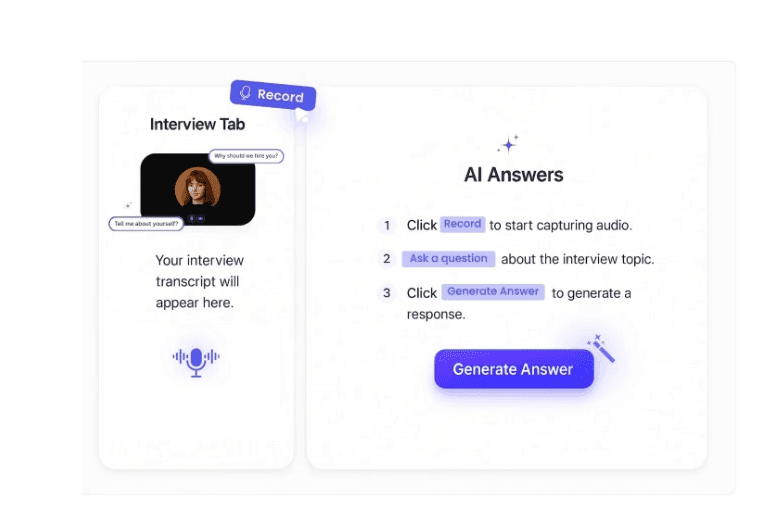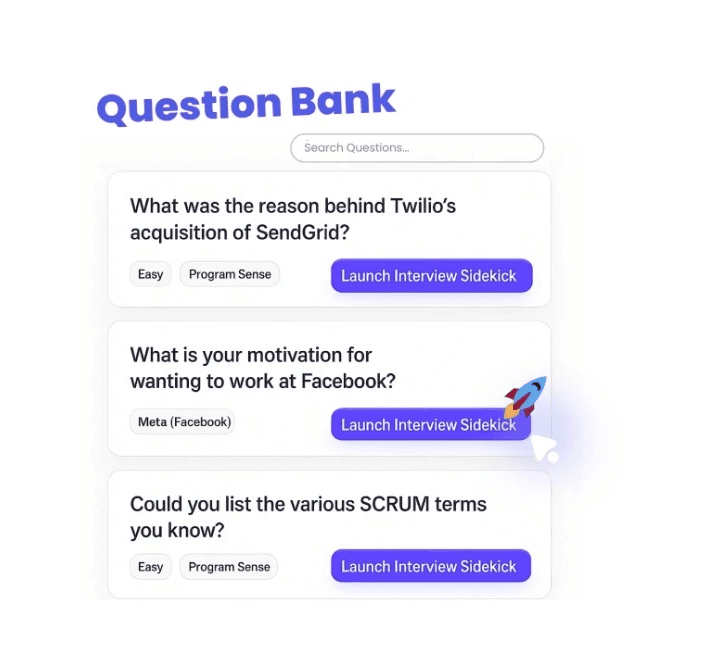Embedded Software Developer Interview Preparation (Step-by-Step Guide with Tips and Examples)
Feeling overwhelmed by the complexity of embedded systems and unsure how to start your interview prep? You’re not alone. Embedded software development requires expertise in low-level programming, microcontrollers, real-time operating systems (RTOS), and debugging techniques. This structured roadmap will guide you through everything you need to know.
Overcoming Common Interview Prep Pain Points
Broad Scope of Topics: Covering hardware-software interaction, memory management, and real-time constraints can feel daunting.
Lack of Hands-on Practice: Embedded software development requires practical experience, not just theory.
Debugging Challenges: Debugging embedded systems is different from standard software debugging, requiring specialized tools and techniques.
Time Constraints: Balancing work, personal life, and interview preparation can be overwhelming.
Lack of Structured Guidance: Without a plan, you may focus too much on one area while neglecting others.
Your 4-Week Preparation Roadmap
A structured, week-by-week approach will help you stay focused and cover all key topics.
Week 1: Strengthen Your Fundamentals
Focus: Microcontrollers, C/C++ coding, and memory management.
Daily Goals:
Day 1-2: Learn microcontroller architectures (ARM, AVR, PIC) and their working principles.
Day 3: Master C/C++ programming for embedded systems (pointers, memory allocation, bitwise operations).
Day 4: Study memory management (stack vs. heap, memory-mapped I/O).
Day 5: Understand interrupts and their role in real-time systems.
Day 6: Set up an embedded project using an Arduino or STM32 board.
Day 7: Review key concepts and solve embedded system coding problems.
Tip: Be ready to write efficient, memory-optimized C code for embedded devices.
Week 2: Deep Dive into RTOS & Embedded Linux
Focus: Real-time operating systems (RTOS) and embedded Linux.
Daily Goals:
Day 1: Learn the basics of RTOS (FreeRTOS, Zephyr) and task scheduling.
Day 2: Understand semaphores, mutexes, and inter-task communication.
Day 3: Study interrupt handling in RTOS.
Day 4: Explore embedded Linux (Yocto, Buildroot, Device Tree).
Day 5: Build a simple real-time application using FreeRTOS.
Day 6: Debug an RTOS-based project using GDB and JTAG.
Day 7: Review interview questions related to RTOS and real-time constraints.
Tip: Be prepared to explain how an RTOS schedules tasks and handles real-time constraints.
Week 3: Hardware Communication & Debugging Techniques
Focus: Peripheral interfacing, communication protocols, and debugging.
Daily Goals:
Day 1: Study UART, SPI, I2C, and CAN communication protocols.
Day 2: Learn GPIO control and PWM signal generation.
Day 3: Understand ADC/DAC and sensor interfacing.
Day 4-5: Practice debugging techniques (JTAG, SWD, logic analyzers, oscilloscopes).
Day 6: Work on a project integrating multiple peripherals.
Day 7: Conduct a self-review of debugging strategies and best practices.
Tip: Interviewers may ask you to debug a piece of embedded code—be ready to explain your approach.
Week 4: Behavioral Interview & Final Technical Prep
Focus: System design, behavioral questions, and mock interviews.
Daily Goals:
Day 1: Prepare answers to behavioral questions using the STAR method.
Day 2: Review past projects and discuss challenges you faced.
Day 3: Record yourself answering common technical and behavioral questions.
Day 4: Conduct a system design interview (e.g., designing an embedded system for a real-world application).
Day 5: Seek feedback from peers or mentors.
Day 6: Review industry trends (IoT, automotive systems, medical devices).
Day 7: Relax and mentally prepare for your interview.
Tip: Strong communication skills and problem-solving approaches can set you apart in embedded interviews.
Bringing It All Together
By following this roadmap, you’ll be fully prepared for your Embedded Software Developer interview.
Break It Down: Focus on one topic at a time to avoid overwhelm.
Practice Hands-on: Set up real projects to gain practical experience.
Use the Right Tools: Debugging tools like GDB, JTAG, and logic analyzers are essential. Practice with interactive resources.
Stay Confident: Your structured approach and preparation will set you apart.
Start your interview prep today and take a step closer to your dream embedded role!









